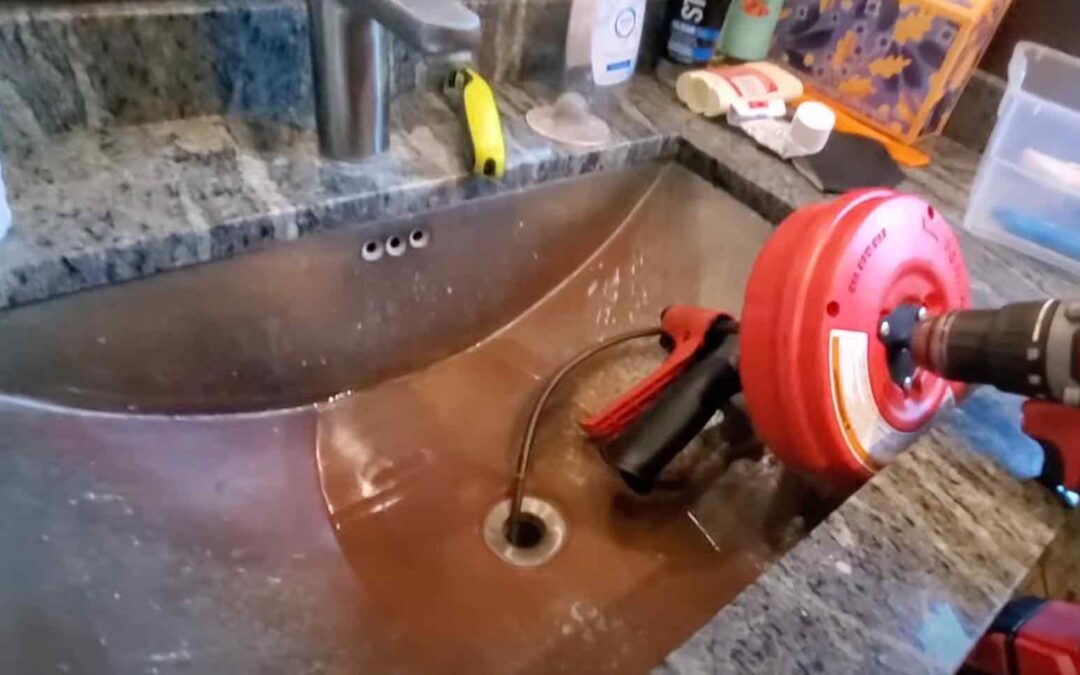At some point, every homeowner faces the challenge of a clogged drain. While many clogs can be resolved with simple methods, some blockages prove more daunting, resisting the usual remedies. These tough clogs require more advanced strategies to restore flow and function to your drains. This blog will provide a comprehensive guide to tackling the most stubborn drain clogs, incorporating both traditional and innovative techniques.
Deciphering the Stubborn Clog
Stubborn clogs often result from a combination of materials like hair, soap, grease, or foreign objects that have accumulated over time. Understanding the composition of the clog can help in choosing the most effective removal method.
Advanced Removal Techniques
- Hydro-Jetting: This method uses high-pressure water to break apart and remove clogs. While typically performed by professionals, hydro-jetting is extremely effective at clearing pipes of all debris.
- Motorized Drain Augers: More powerful than manual plumbing snakes, motorized augers can cut through tough clogs with a rotating head.
- Air Burst Drain Cleaners: These devices use accelerated gas, usually carbon dioxide, to create force that dislodges clogs. The sudden burst of force can break apart blockages more effectively than plunging.
DIY Solutions for Persistent Blockages
- Salt and Baking Soda: Pour a mixture of salt and baking soda down the drain, followed by boiling water. The chemical reaction and heat can help break down the clog.
- Dish Detergent and Hot Water: For grease-related clogs, dish detergent can help break down the grease, combined with hot water to flush the debris away.
- CCTV Drain Inspections: Consider renting or purchasing a small CCTV drain inspection camera to understand exactly where and what the blockage is, guiding your removal efforts more accurately.
Professional Help and When to Seek It
If all DIY methods fail, it’s time to call in the professionals. Plumbers can offer more sophisticated solutions like pipe disassembly or even sewer line inspection. They can also ensure that the problem is resolved without damaging your plumbing.
Preventing Future Clogs
- Regular Maintenance: Regularly clean and maintain your drains to prevent material buildup.
- Dispose of Waste Properly: Educate all household members on what should and shouldn’t go down the drain.
- Professional Inspections: Periodic inspections by a professional can catch potential problems before they result in clogs.
Conclusion
Tackling tough clogs in your drains is a task that may require a combination of patience, the right tools, and sometimes professional assistance. By understanding the nature of the clog and applying targeted strategies, you can clear the way for water to flow freely once again. Remember, prevention is always preferable to cure. Regular maintenance and careful usage of your drains can prevent the formation of stubborn clogs, ensuring that your plumbing system remains efficient and reliable. Take action at the first sign of a problem, and keep your drains clear and functional!

